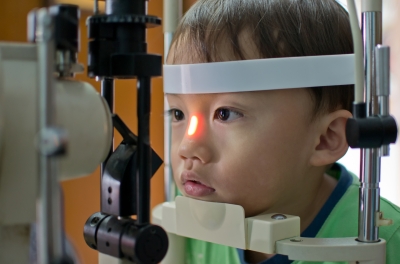
With the world's population living longer through increased life expectancy via improvements in healthy living, medicines and technological breakthroughs, concerns continue to grow that our medical infrastructures are not well enough prepared to deal with many of us living much longer than we had previously dared think. With this increasingly aging population comes a call for more health care services, doctors and opticians as our bodies age and deteriorate over time. Unfortunately, it seems that there is a particular shortfall when it comes to professional eye doctors or ophthalmologists.
While it might seem a simple answer to suggest that we simply employ more and more specialist eye doctors, the reality is that the need for more ophthalmologists is already approaching and fast and such long and required training and approval of these doctors may come too late to address the current issue at hand. It is also an issue affecting not just those countries in developing areas of the world. While they are and have for long periods of time not had access to standard medical treatment and optical care, the western world is also facing up to a problem which appears to be just around the corner. Such concerns also lead to worries that as more financially capable countries struggle to cope with demand, many of those desperately needed in less developed countries could see their precious specialists lured away to fix issues abroad leaving them in an even more uncertain state.
- Currently over 100,000 ophthalmologists accounting for 50% of the worlds total operate out of Russia, the US, Brazil, India, China and Japan.
- Currently countries such as the Marshall Islands do not have a single ophthalmologist practicing.
- Some countries are currently having to work at a ratio of just 1 eye doctor per 1,000,000 residents.
- High income countries, on average, have around 79 eye specialists per 1,000,000 residents.
The big concern in more financially stable economies is the continued growth of ophthalmologist numbers in comparison to the percentage of their population over the age of 60. Currently rates show 1.2% increase in ophthalmologists compared to 3% for increased elderly populations.
